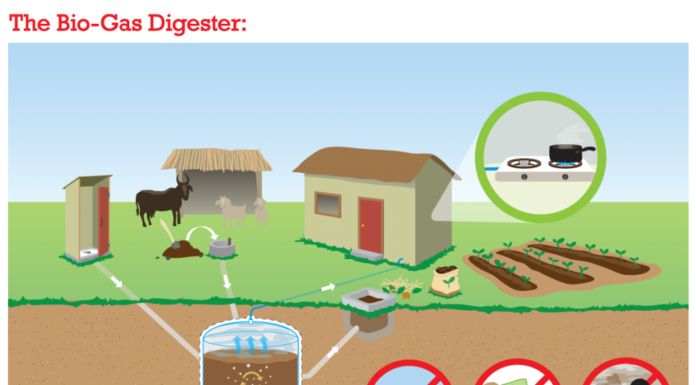You have made the exciting decision to build a new home! You’ve hired your builder, architect, and any other crew members you need. You have created a budget and chosen a floor plan. Now, you have to pick and purchase the plot you are going to build on.
Here are a few things you need to take into consideration when choosing the plot you’re going to build your new home.
Tour the Neighborhood
When deciding on a plot to build your new home on, you need to make sure you’re going to enjoy the neighbourhood you’re living in. Drive around the area at different times and days; see how the neighbourhood looks during the day and at night.
Watch how neighbours interact with one another. Are you a growing family looking for a family-friendly neighbourhood? If there are kids playing in the neighbour’s yard, you’re on the right track.
Consider how far the commute will be to work. How about the drive to and from school, church, and other important places you frequent. How far is the lot from grocery stores, entertainment, and shopping?
Evaluate the area’s potential for growth. Is the neighbourhood growing, or is it an older community that does not have room for other new construction? If the surrounding area is booming with new businesses, schools, and shopping, the area is more than likely growing.
Evaluate Traffic and Noise
Another aspect to look at when choosing land is traffic and noise. As a growing family, you should be aware of the amount of traffic flowing through the neighbourhood. Is the plot you’re looking at close to the entrance of the neighbourhood? If so, that can attract a lot of noise and traffic from people coming and going.
Cul-de-sacs are great for kids playing in the street because there is less through traffic, but they can be problematic when it comes to emergencies. The street design may make snow removal and fire rescue more difficult.
A lot on a cul-de-sac may have less room in the front, which may make that dream of a large front yard impossible. It can also prevent you from having the space you need for parking. Yet, the backyards tend to be larger and provide more space for your kids to play with their furry friends.
A corner lot means you will have traffic and sidewalks on two sides of your land. These corner lots tend to be larger and allow for a side-loaded garage, which is great for homeowners who want the garage out of sight, and the front of the home to have a “cleaner” look. If you live in a colder weather climate, you’ll have to consider snow removal during the winter with a corner lot. Both streets and sidewalk paths will have to be cleared.
If you’re considering a lot at a T-intersection, or a lot facing an incoming street, you may have to deal with headlights of oncoming traffic. Design a floorplan where the bedrooms are not facing the front of the house, so the headlights aren’t distracting at night.
The topography of the Plot
Your builder will need to know the topography, the natural and artificial physical features, of your plot. They will be able to determine what extra work needs to be done before the building process begins.
If the plot has a lot of rocks and trees, work will need to be done to remove them. This will add to the overall cost of your custom home, so remember this before choosing the plot.
Make sure your builder examines the plot for utilities. If they aren’t already present, will they be able to run plumbing and electricity to your home? Be aware of connecting costs.
Related: Does Topography Affect Your Home Building
Visualize Your New Home on the Plot
Imagine your home on the plot you’ve picked. How does it look? Do you have enough room in the front yard for the garden you’ve always wanted?
Know the dimensions you want for your home so you can determine the footprint of it on the lot. Talk with your builder and get any advice about the home on the land.
Think about the characteristics of the plot. How close are you to neighbours? What views do you have from the house? What will be beside you, and what will be behind you. This can vary greatly depending on where your plot is located, whether that be in an open area with no development, or on an open lot in a growing neighbourhood.
There are many advantages and disadvantages to every lot, but in the end, it matters what you want to see in your new custom home. Visit our office today to find a custom home builder that can create your dream custom home!








